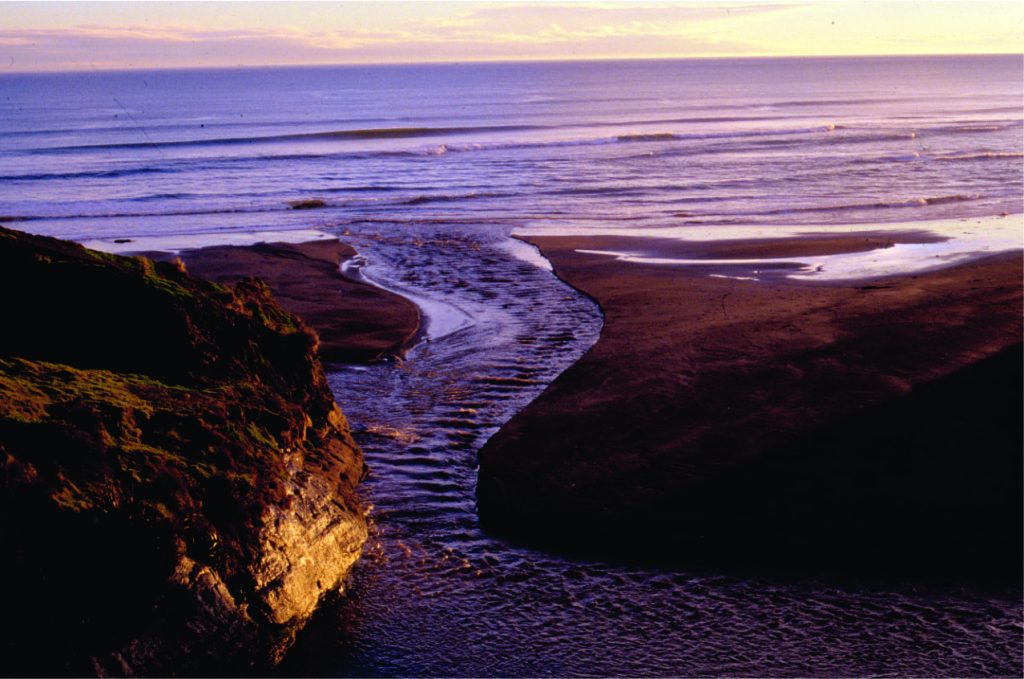

Unfortunately, because of foolishness, greed, and ignorance, we have managed to contaminate many important aquifers
The incident (September, 2016) involving wastewater ingress via a sinkhole to the Floridan Aquifer in Polk County, Florida is yet another reminder of the susceptibility of groundwater to contamination. Other recent events like the 2016 Samarco tailings dam failure in Brazil (caused by loading of weak, groundwater-saturated materials), the 2010 Kolantar red mud dam failure in Hungary (mostly caustic, iron oxide, aluminium oxide, but worrying levels of chromium, lead and mercury), and Imperial Minerals 2014 Mount Polley dam failure tailings dam failure, all had immediate and devastating effects on surface water. In the longer term it is likely that downstream shallow aquifers have also been compromised. Continue reading


